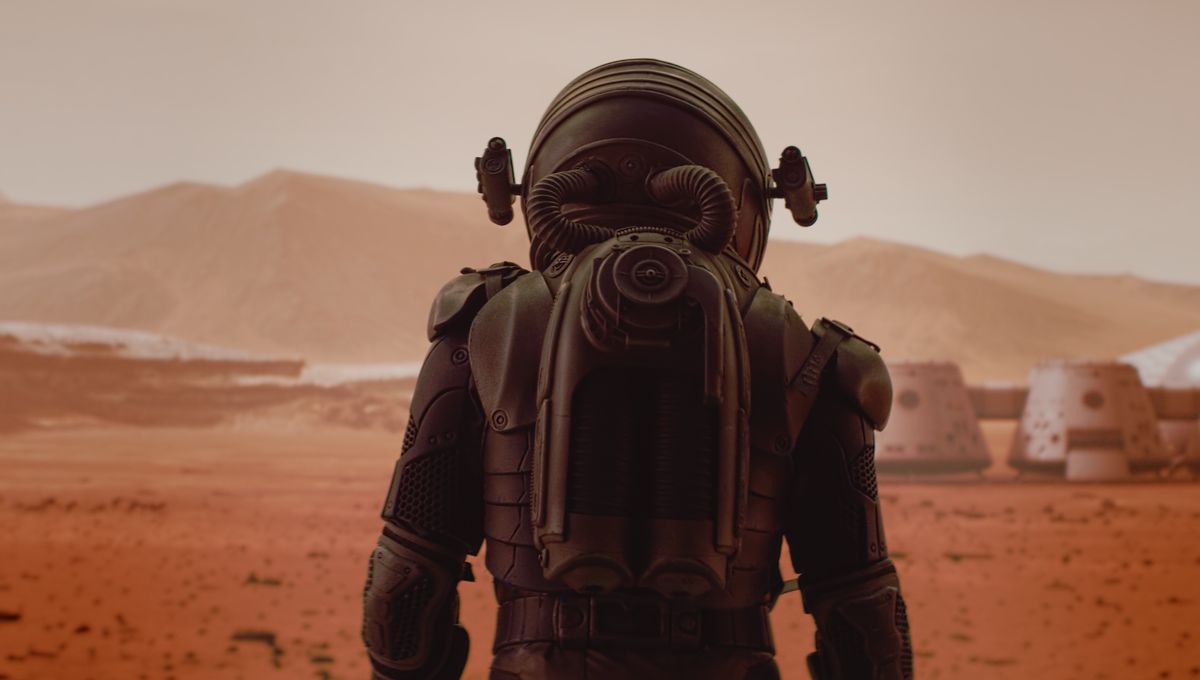
“Mars ain’t the kind of place to raise your kids,” sang Elton John. It is not just cold as hell, it lacks a lot of the basic necessities that humans need to survive, including oxygen to breathe. And given that we would like to get humans there at some point, and bringing stuff from Earth is expensive, that is a problem that needs solving.
NASA has successfully demonstrated that it is possible to produce oxygen on Mars with the experiment MOXIE, brought over by the Perseverance rover. Now, a Chinese team has shown that it might be possible to produce oxygen on Mars using only material present on the Red Planet.
Since the AI was here on Earth, it did not use actual Martian soil, but meteorites from Mars. The algorithm worked out what molecules could be used to create oxygen evolution reaction (OER) catalysts. These catalysts would be used to turn water into oxygen using solar power. Water is not an abundant resource on Mars, but there are deposits.
The AI chemist analyzed the composition of five types of Martian meteorites by shooting lasers at them. Once potential catalysts were discovered, the system used Bayesian statistics to work out the best possible one. The machine learning system had been readied with simulations for 30,000 hydroxides, and this allowed it to work out what molecules it should be using for the OER catalyst. It then prepared the material from the meteorites to be tested.
The resulting catalyst was excellent. Researchers report that it could operate steadily for over 550,000 seconds (almost 6 days and 9 hours) with an electric current density of 10 milliamps per square centimeter and an overpotential of 445.1 millivolts. The team also tested it at below-freezing temperatures, consistent with temperatures that are found on Mars, with no apparent degradation. A Mars base could achieve oxygen self-sufficiency with 15 hours of sunlight.
The AI found 3,764,376 possible formulas. For a single human, finding the optimal formula from those would require 2,000 years of labor. The AI chemist was able to do it in two months.
“In the future, humans can establish [an] oxygen factory on Mars with the assistance of AI chemist,” one of the three team leaders Professor Jiang Jun, from the University of Science and Technology of China, said in a statement. “This breakthrough technology brings us one step closer to achieving our dream of living on Mars.”
The team is now looking at applying the AI chemist to more terrestrial challenges in chemical discovery.
The study is published in the journal Nature Synthesis.
Source Link: AI Chemist Brings Us One Step Closer To Breathing On Mars